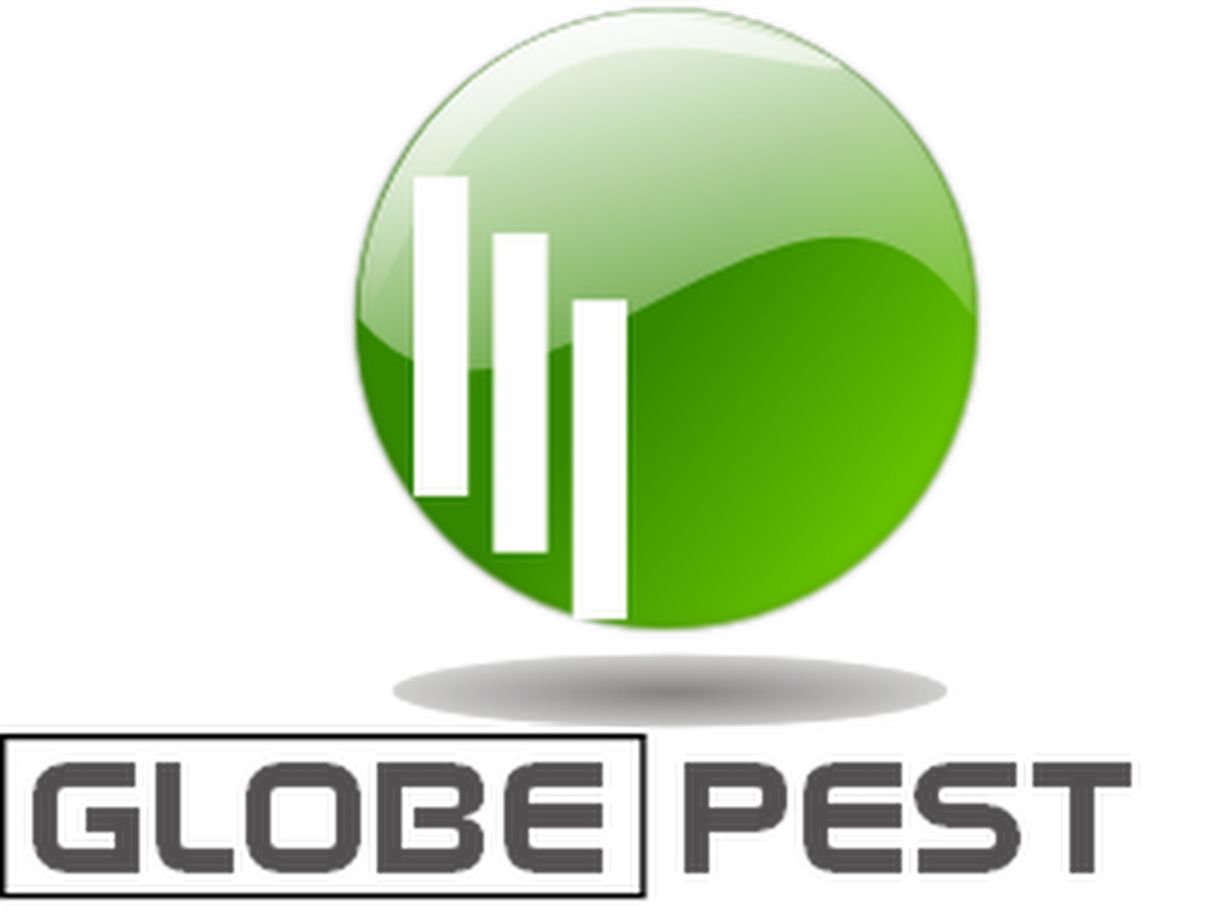Integrated Pest Management (IPM)
How IPM works:
Insects such as cockroaches and ants often cannot be eliminated quickly due to population size, biological characteristics and instinctive behavior for self-preservation. IPM methods may or may not eliminate pests quickly, depending on the severity of the infestation; however, IPM can yield more enduring results in the long run than non-targeted, copious pesticide applications. Using repellent residual insecticides will give a false impression that the pest problem is being solved. Often insect survivors escape the treatment zone and remain concealed until pesticide residues break down or they invade new areas of the structure.
